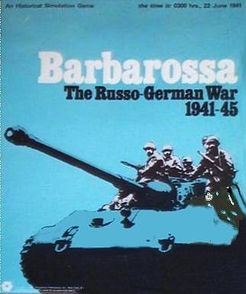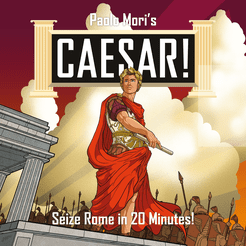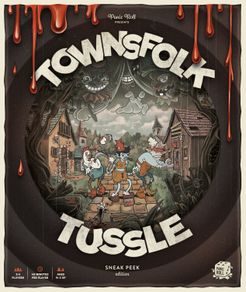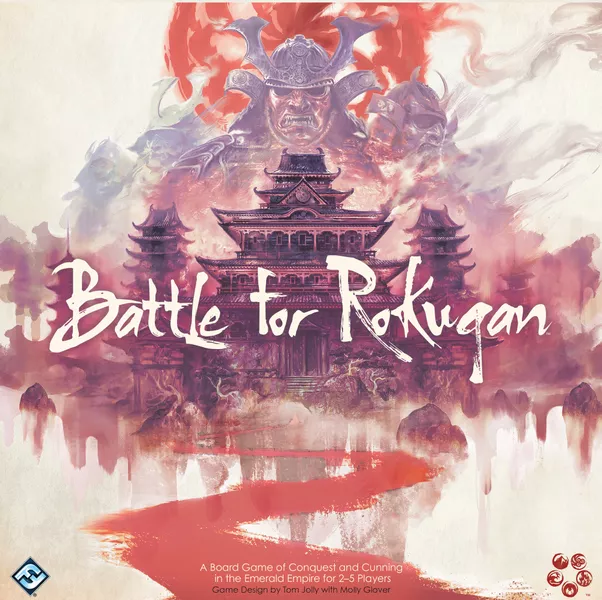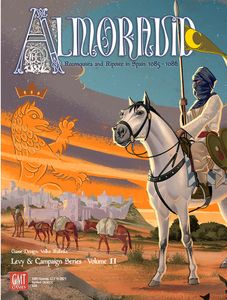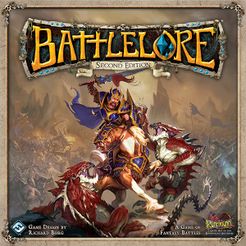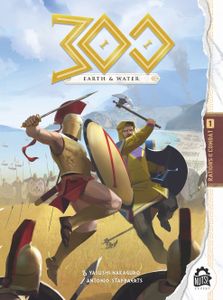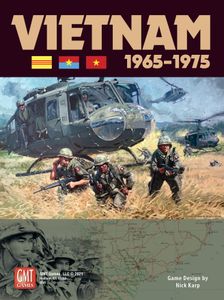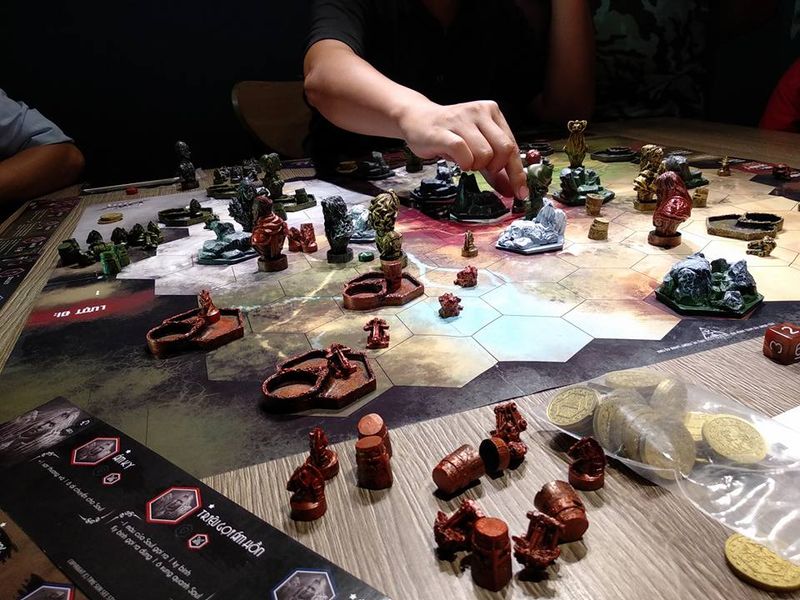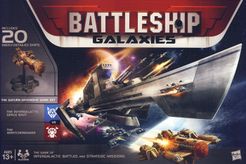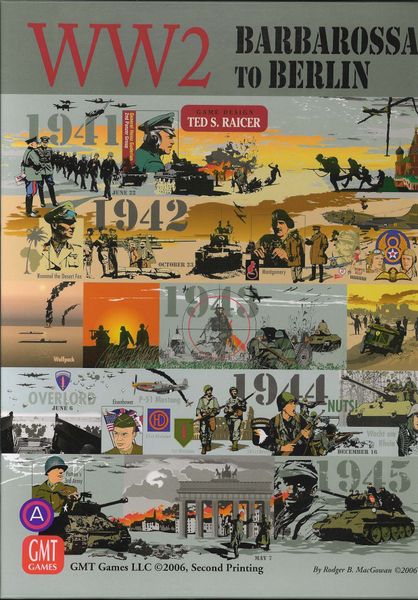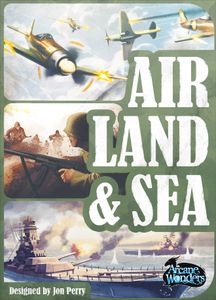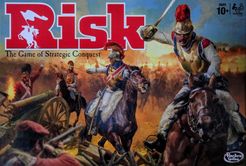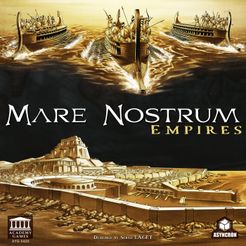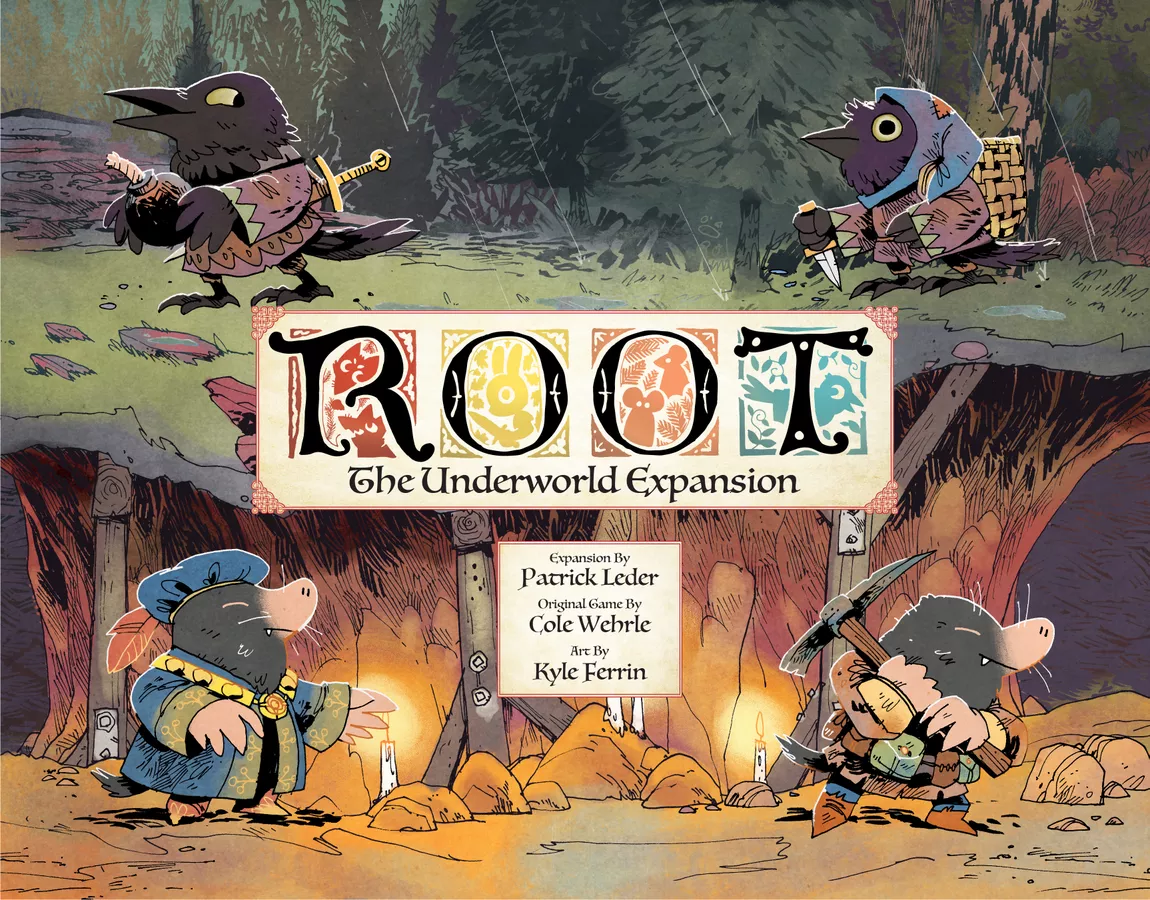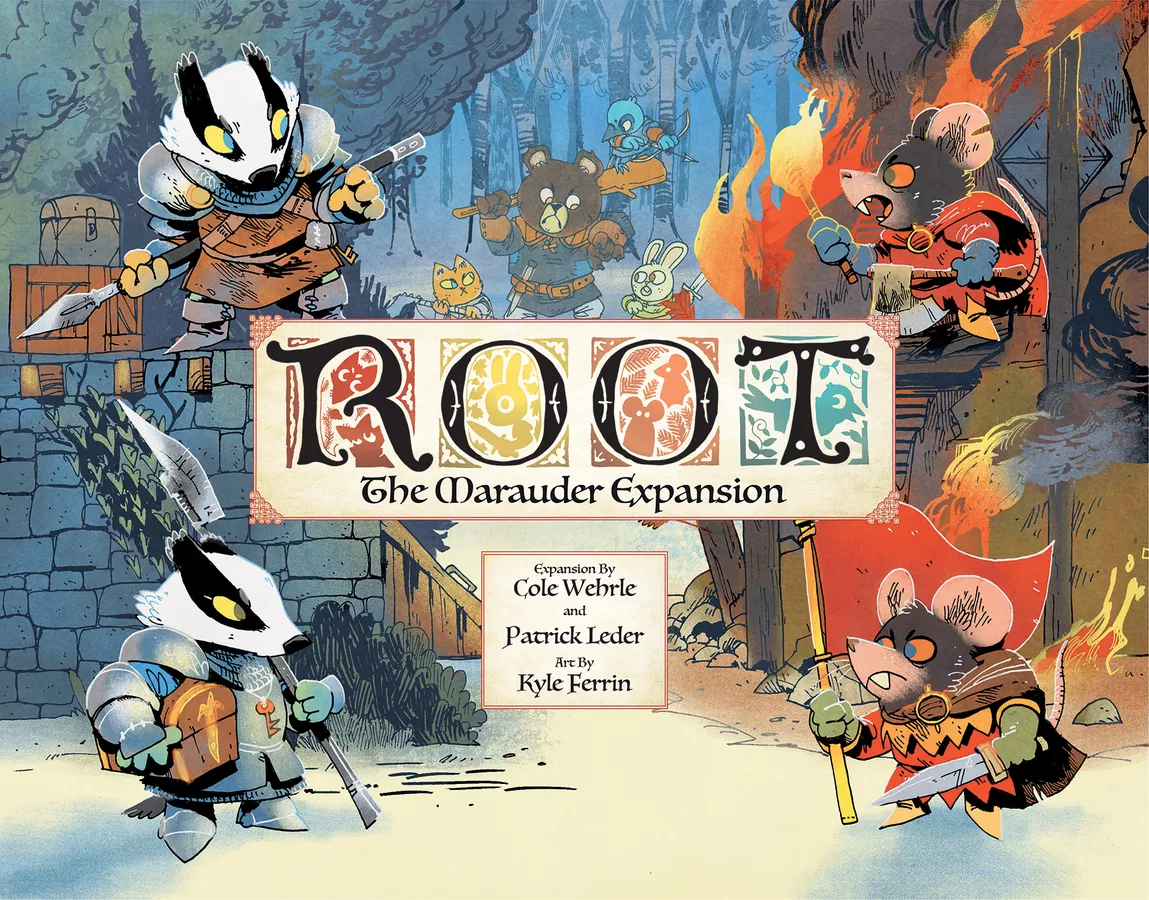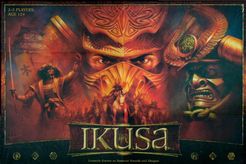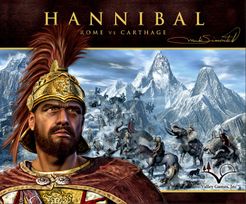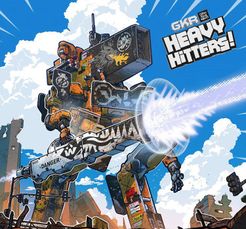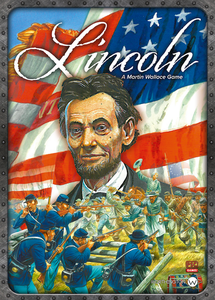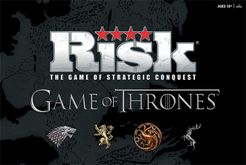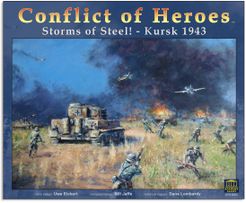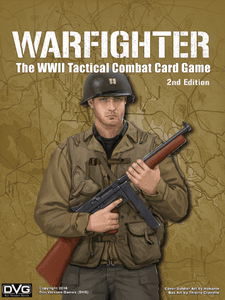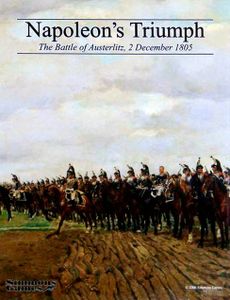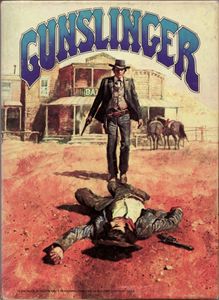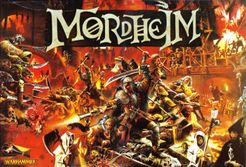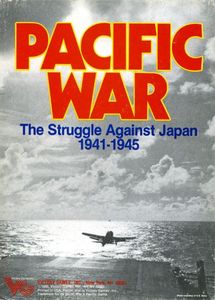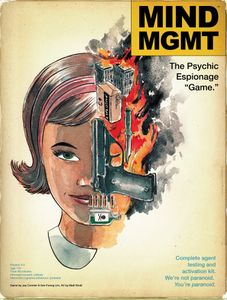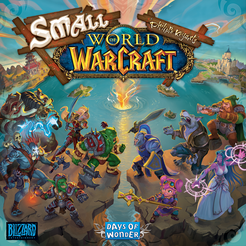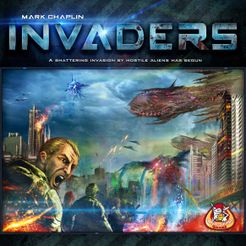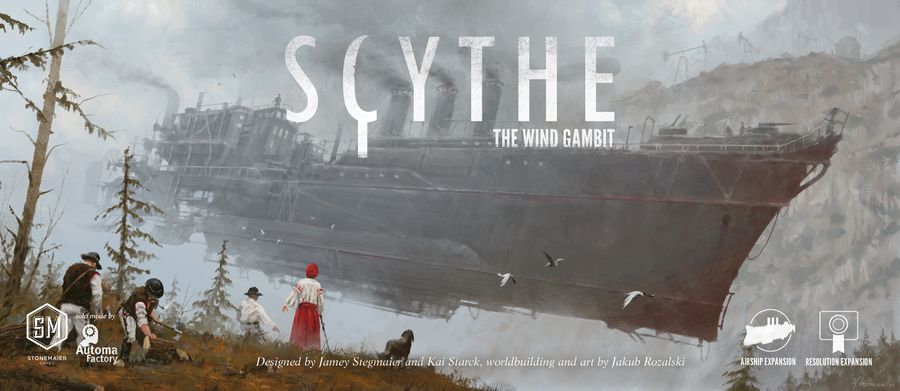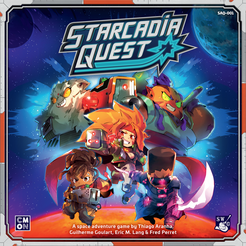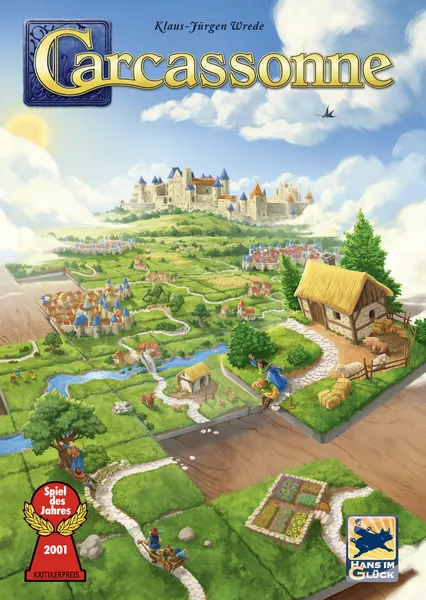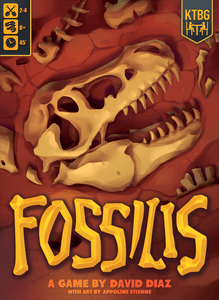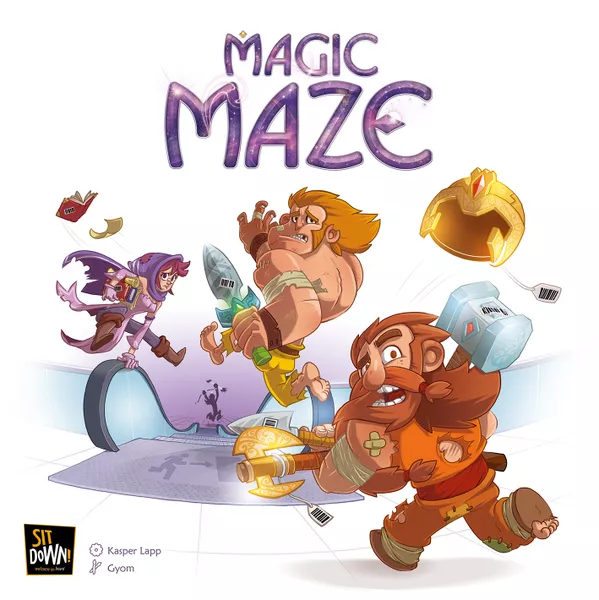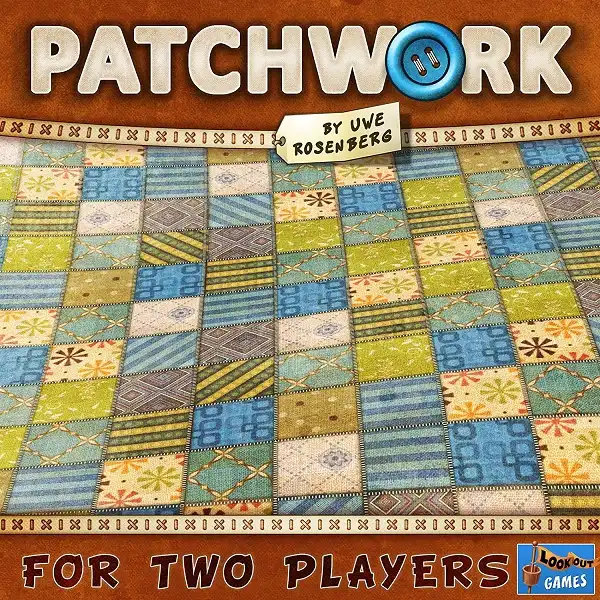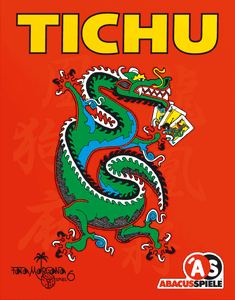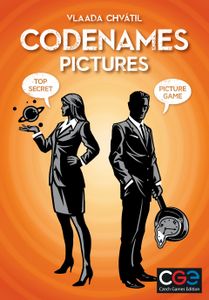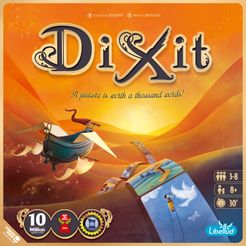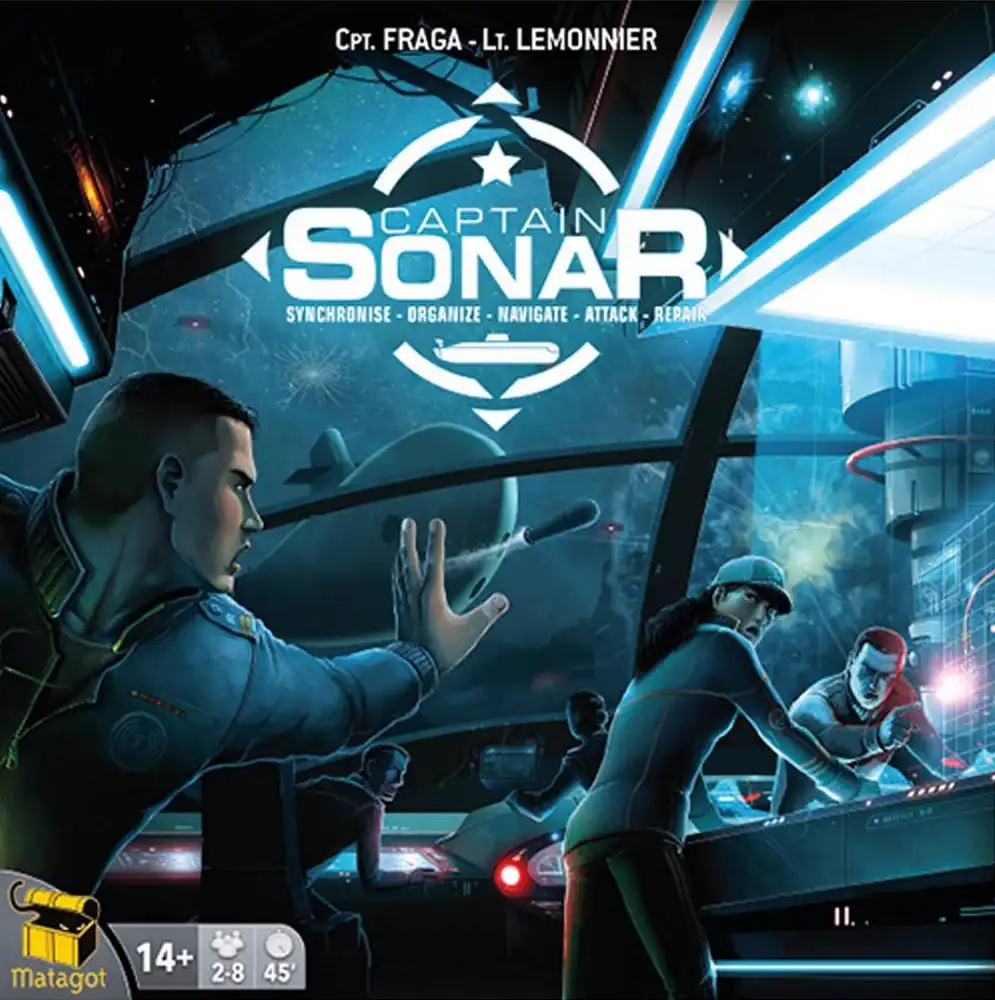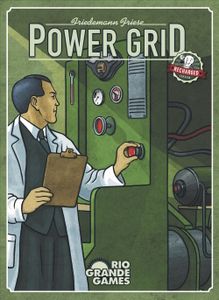Barbarossa: The Russo-German War 1941-45 (1969)
Classic mini-monster East Front game with operational overtones.
Tác Giả: Jim Dunnigan
Họa Sĩ: Redmond A. Simonsen
Nhà Phát Hành: SPI (Simulations Publications, Inc.)
- Giới Thiệu
- Hướng Dẫn
- Video
- Chơi Ngay
- Đánh Giá & Bình Luận
On June 22, 1941, before dawn, German tanks and guns began firing across the Russian border. It was the beginning of Hitler's Operation Barbarossa, one of the most brutal campaigns in the history of warfare. Four years later, the victorious Red Army has suffered a loss of seven million lives.
The Barbarossa campaign included some of the greatest episodes in military history: the futile attack on Moscow in the winter of 1941-42, the siege of Stalingrad, the great Russian offensive beginning in 1944 that would lead the Red Army to the historic meeting with the Americans at the Elbe and on to victory in Berlin.
Barbarossa is not simply one game but it is composed of three different types of games.
1) The Standard Games: There are four of these games. They depict specific situations of crucial parts of the war
2)The Campaign Game: It combines the four afforementioned games and fill in the gaps so that the campaign can be played out in sequence
3)The Variable situations: Several "what if" historical effects are examined when added to the above games.
The Game includes a 23" by 29" map sheet that portrays the area os the Soviet Union in which the operations took place.
A hexagonal grid is superimposed upon the map to regularize the movement and the position of the playing pieces.
The combat map is all inclusive with a Terrain Effects Chart (TEC) and Combat Results Table(CRT)
There are two types of units each repressenting one of the opposing armies.Each piece is distinguished by type strenght nationality and mobolity.
How To Play
Each player moves his Units and executes attacks in turn.Players have as an objective to destroy the enemy units and gaining territory whilst minimizing friendly unit loses.
The combat is resolved by comparing attack and defence strengths of adjacent opposing units and expressing the comparison as a simplified probability ratio(odds)
After the defender has chosen which CRT table will be used a die is rolled and the outcome indicated by cross referencing the die roll result and the odds column is applied to the unit being attacked.
Barbarossa is played in turns.
Each Game-turn is composed of two player turns that are divided into three phases.
Nơi mua Barbarossa: The Russo-German War 1941-45 (1969)
*Chúng tôi có thể được hưởng hoa hồng khi bạn mua hàng qua liên kết của các nền tảng thương mại điện tử này.



